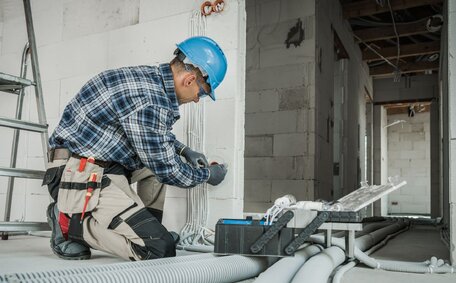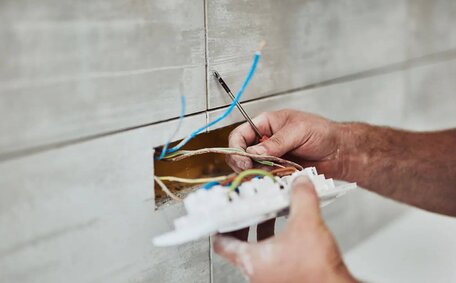
Warning Signs Your Home Has Faulty Wiring
Do you know the dangers of faulty or damaged wiring? Don’t risk you and your homes safety! Learn how to detect if there is an issue with your electrical wiring by using your comprehensive guide!
Read MoreIsn’t it annoying when an appliance or electrical socket doesn’t work?
Among all electrical concerns, faults are a frequent headache for both homeowners and businesses. While it’s always wise to contact an electrician, you can sometimes detect the problem yourself right away.
Did you know that even a seemingly minor fault can cause severe damage to the property and even put your family’s life at stake? This makes it even more crucial to find and repair electrical faults immediately.
We understand that not everyone is a pro at solving electrical problems, but you can find the fault by yourself through some analytical detective work. So, in this guide, we’ll walk you through the steps to finding wiring electrical faults so that you do not need to wait for an electrician.
Let’s get into the details!
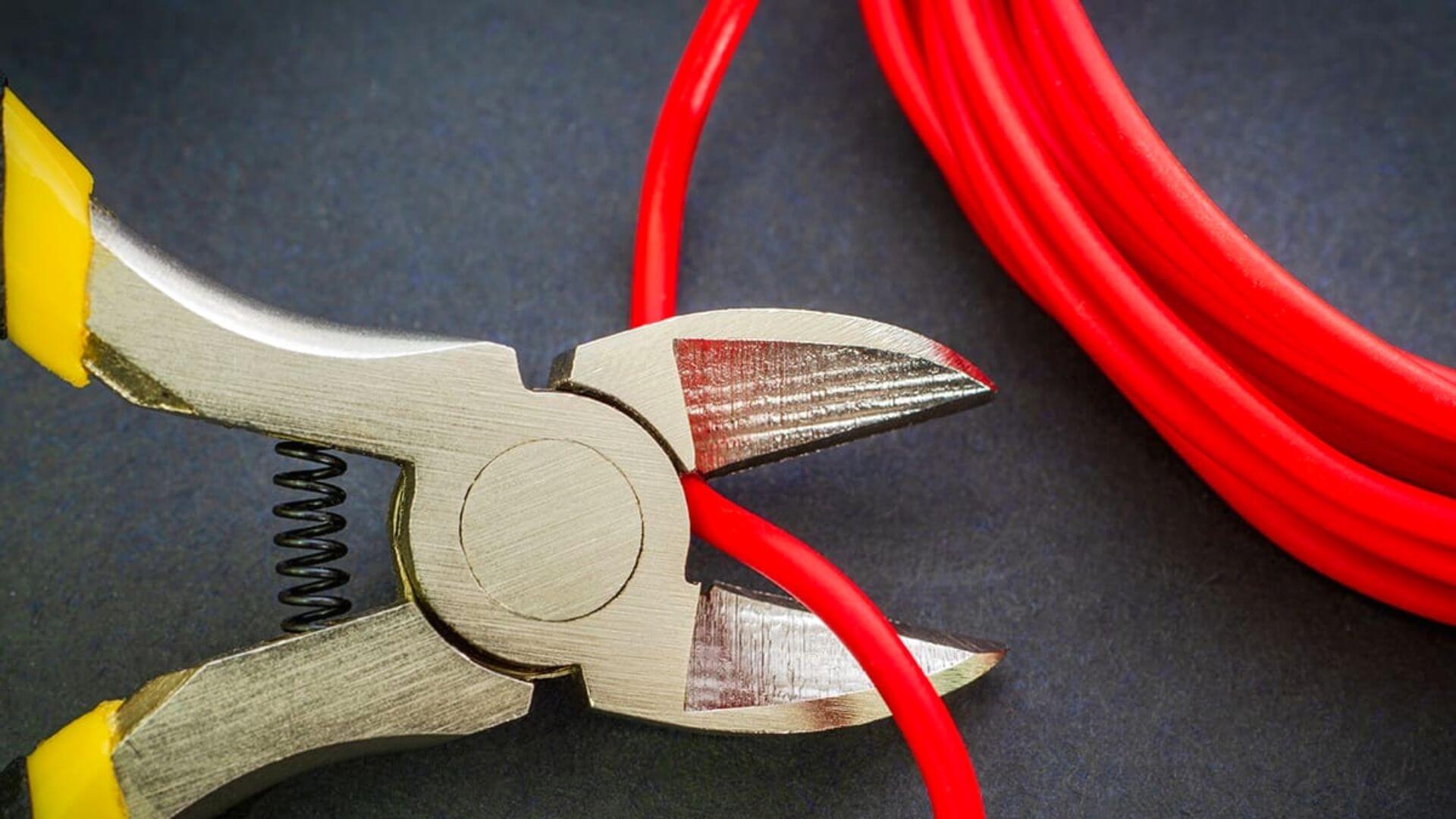
Before diving into how to locate electrical faults, it’s important to understand what might cause them. Sometimes, they’re down to human error, while other times, they stem from systematic issues. By knowing these causes, you can take preventive action, keeping you and your family safe from potential accidents.
Here, we have mentioned some of the causes of electrical faults:
One reason for experiencing an electrical fault is a loose connection in the main panel. If the wiring in the mainboard isn’t secure, it might lead to an electrical fault finding.
Packing wires too tightly can lead to electrical issues. Ideally, cables should have around 30mm of breathing space to prevent damage during installation or repairs. If you’re aiming to hide or conceal wires from household devices, make sure you avoid bending or twisting them unnecessarily.
If you’ve connected too many fixtures or appliances to one electrical circuit, it’s likely to overload. As a result, electrical demand exceeds supply; when this happens, there can be a fault.
Electrical appliances and equipment can develop faults over time. These faults can cause fires or electric shocks.
Corrosion can cause electrical connections to become loose or damaged, leading to faults.
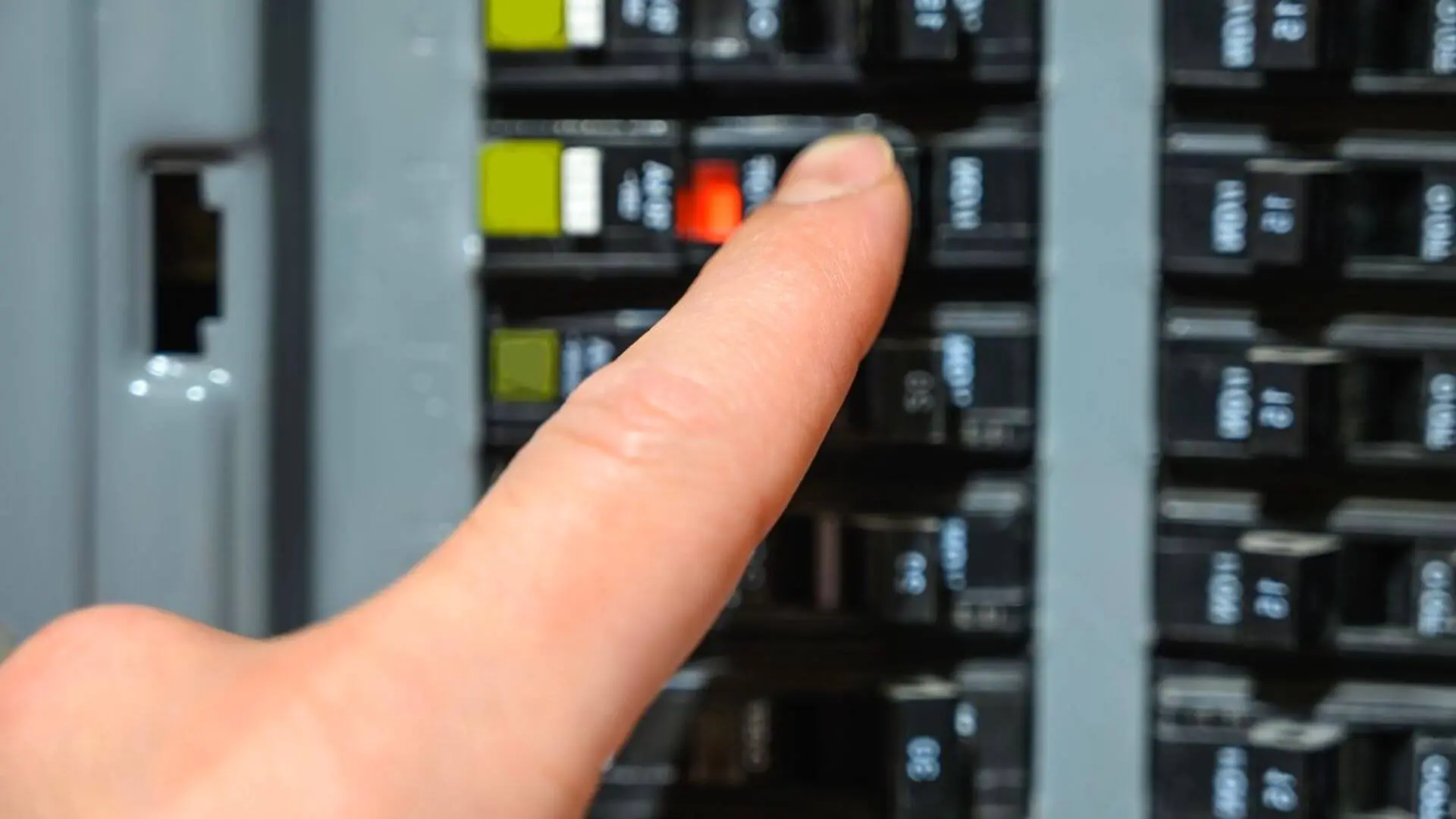
If your house is the only one experiencing a power outage in the neighbourhood, it’s likely the main switch has tripped for some reason.
So, before locating the fault, you must remember that the circuit breaker is still on. And that’s why the first thing you must do is turn them off to work peacefully.
After you’ve turned off all circuit breakers, you can turn on the main safety switch without any worries. Of course, this will restore the electricity, but since all the individual circuit breakers are off, your fixtures or appliances won’t work.
Now it’s time to turn the circuit breakers back on; however, ensure you don’t rush this.
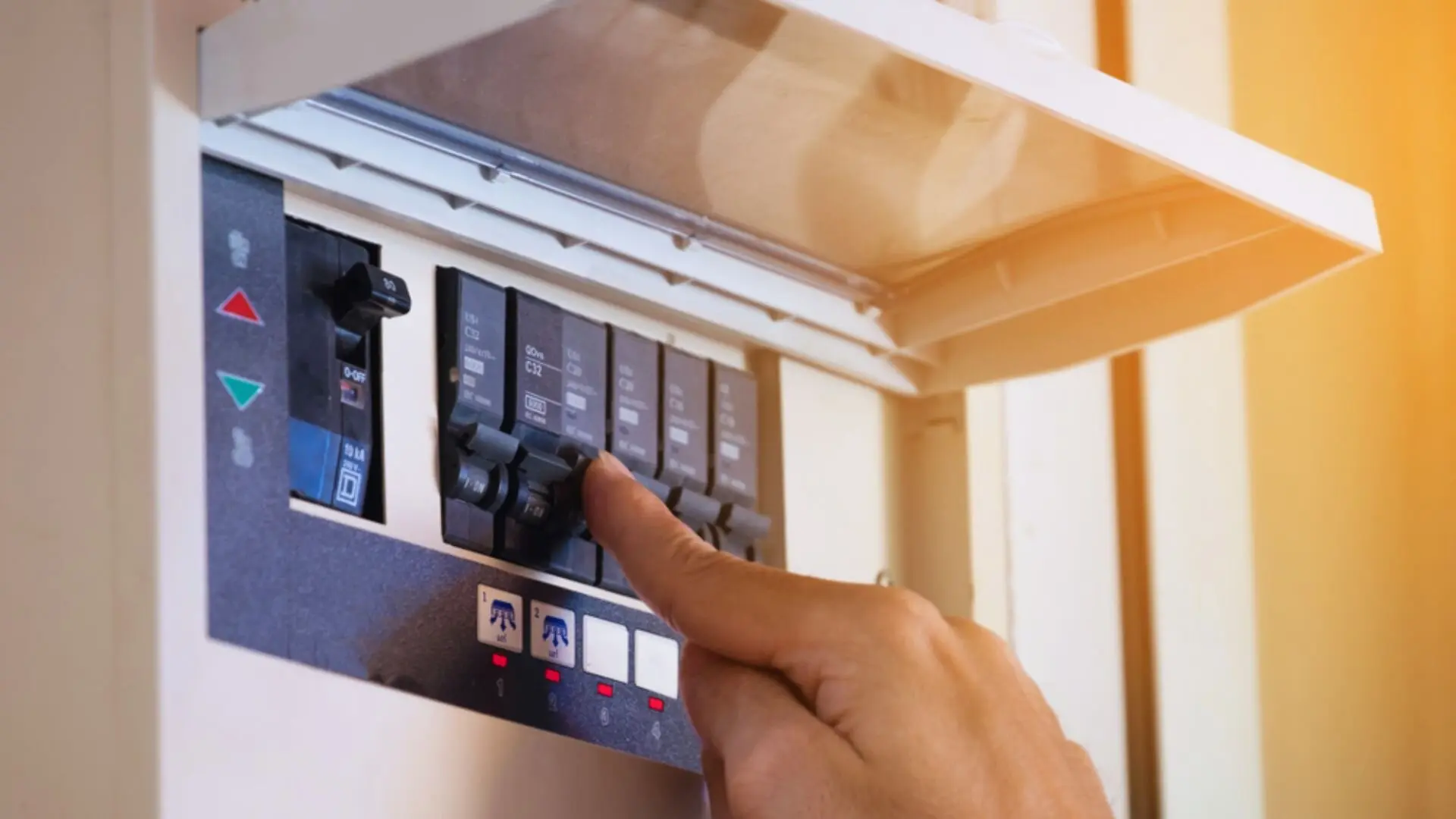
Supposedly, you won’t locate the fault if there’s a fault in the kitchen circuit and you turn all the circuit breakers in one go. However, if you turn them one at a time, the faulty one will trip, and you can quickly identify it.
It would be best to remember that a faulty circuit trip, when turned on, is caused by some of its components malfunctioning.
When you have identified a faulty circuit, turn off all the switches and restore power. Start by turning on the main switch, then turn on all the circuits except the faulty one that trips. When the power is restored, you can use all appliances and fixtures.
Having identified the faulty circuit, contact an emergency electrician. Without the help of a professional, the switch will continue to trip. In the meantime, appliances or fixtures connected to that outlet won’t work because they won’t receive power.

Here’s how you can prevent electrical faults at home:
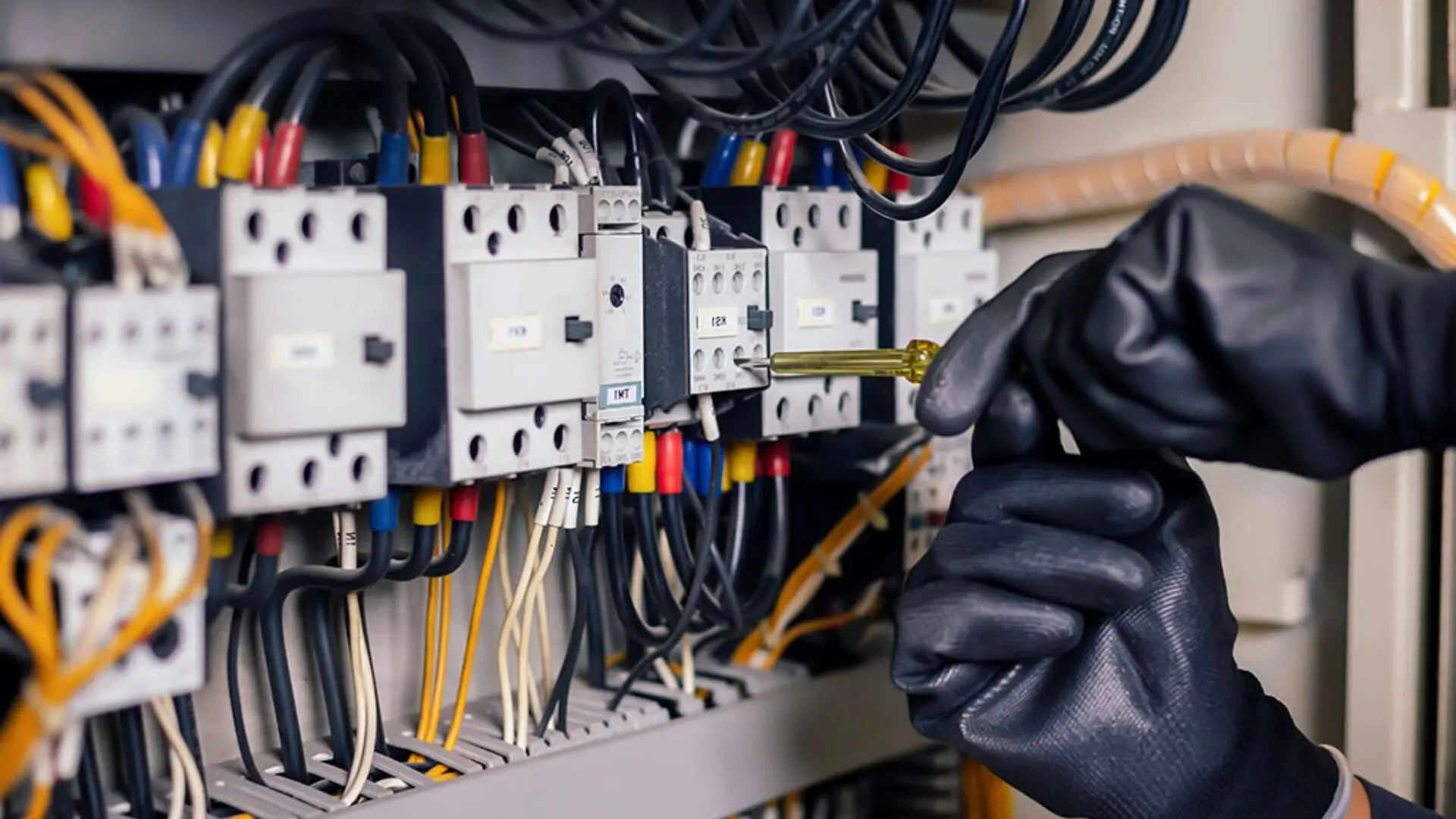
Did you know that a switchboard protects you from electrical faults because of open and closed circuits?
A circuit is made up of wires and components like lights, switches, and fans. For electricity to flow, these components need to form a complete path, called a closed circuit.
Meanwhile, if there’s any interruption or obstacle, it will result in an open circuit. In turn, it hinders the flow of electricity to the connected components, which causes your appliances not to operate.
For example, if you turn on a light, the circuit is closed, and electricity flows through it, illuminating the room. But when you turn it off, the circuit is interrupted because electricity doesn’t flow, and the light goes out.
Alternatively, when an electrical fault occurs, the circuit breaker acts as a switch, and it trips, which opens the circuit. As a result, it interrupts the electric flow in such a circuit, keeping you safe from fire and other damage.
While the open and closed circuits are essential for normal operations, a short circuit connects unwanted places in the electric flow. That’s when the circuit breaker comes into the picture, preventing electrical systems from being damaged.
Electricity is a powerful force that can be dangerous if not handled properly. That’s why it is important to hire a qualified electrician to repair any electrical faults in your home or business.
A licensed electrician will have the training and experience to safely and effectively repair electrical faults. They will also be familiar with the latest safety codes and regulations.
Attempting to repair an electrical fault yourself can be dangerous and could lead to severe injury or death.
Here are some of the benefits of hiring a qualified electrician to repair electrical faults:
If you suspect an electrical fault, it is important to have it repaired as soon as possible. The longer you wait, the more likely the fault will cause a serious problem.
Our team of experienced and licensed electricians in Sydney can quickly and safely repair any electrical fault. Don’t hesitate to contact us today for a free quote. We will happily answer any questions and help you get your electrical system back up and running as soon as possible.
Electrical issues are a nightmare for home or business owners. When you notice a faulty electrical system, it’s important to detect and resolve the problem soon.
Though detecting it is easy, fixing or repairing the circuit is dangerous. After figuring it out, repair it as soon as possible to protect your family and property from unwanted accidents.
It would be best not to try repairing a faulty circuit, electrical emergency, or other electrical fault detection services unless you are a licensed professional. However, it’s also essential to take the necessary precautions before you set out to locate a fault in your establishment.
Whether you have faulty wiring, circuit breakers or switches in Sydney, Bright Force Electrical can help. Our professional and friendly electricians are available 24/7 to assist you. Call us now to find out how we can help!
On that note, we’ve reached the end of our informative guide on the topic. Hopefully, you enjoyed reading our guide as much as we enjoyed curating it.
Till then, stay safe and take care!
Did you enjoy reading our article “6 Steps To Finding Electrical Faults In Your Wiring”? We have many related articles you may also be interested in reading, like the below:
Do you know the dangers of faulty or damaged wiring? Don’t risk you and your homes safety! Learn how to detect if there is an issue with your electrical wiring by using your comprehensive guide!
Read MoreLocating a skilled Level 2 electrician can be challenging. Learn the essential steps to identify dependable professionals who can provide safe and efficient electrical services.
Read MoreFlickering lights, warm outlets, and buzzing switches can indicate faulty wiring, overloaded circuits, and other dangerous electrical faults in your home. Educate yourself on the visual signs so you can address problems before they lead to fires or shocks.
Read MoreWe will call back as soon as possible.
